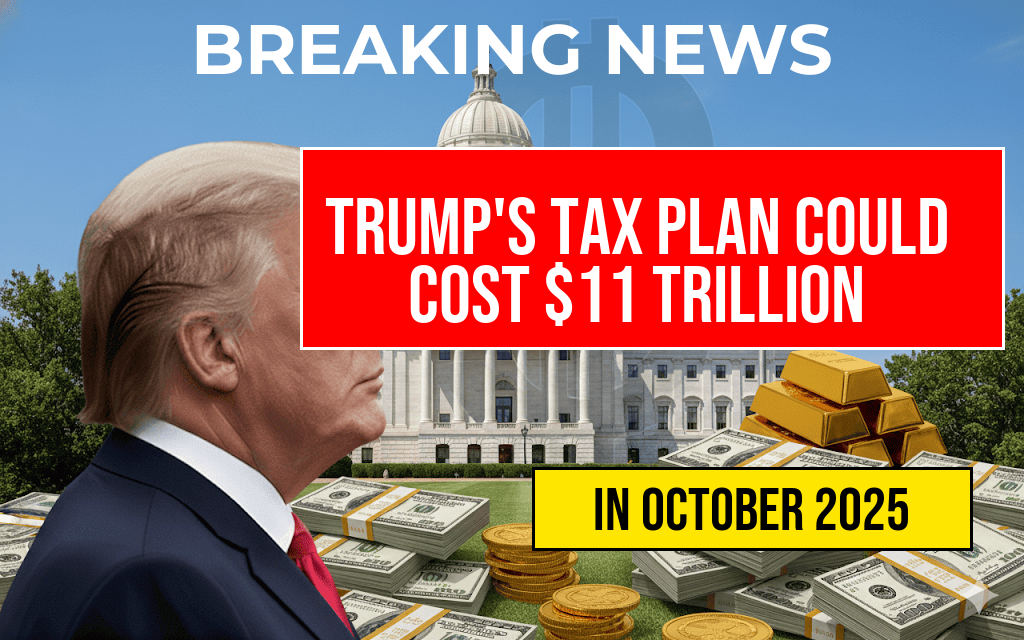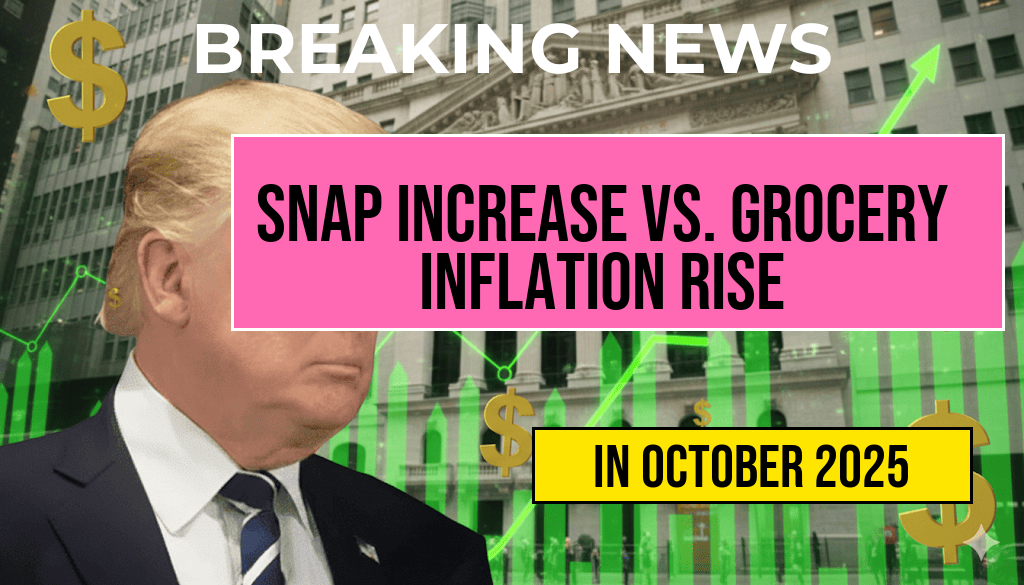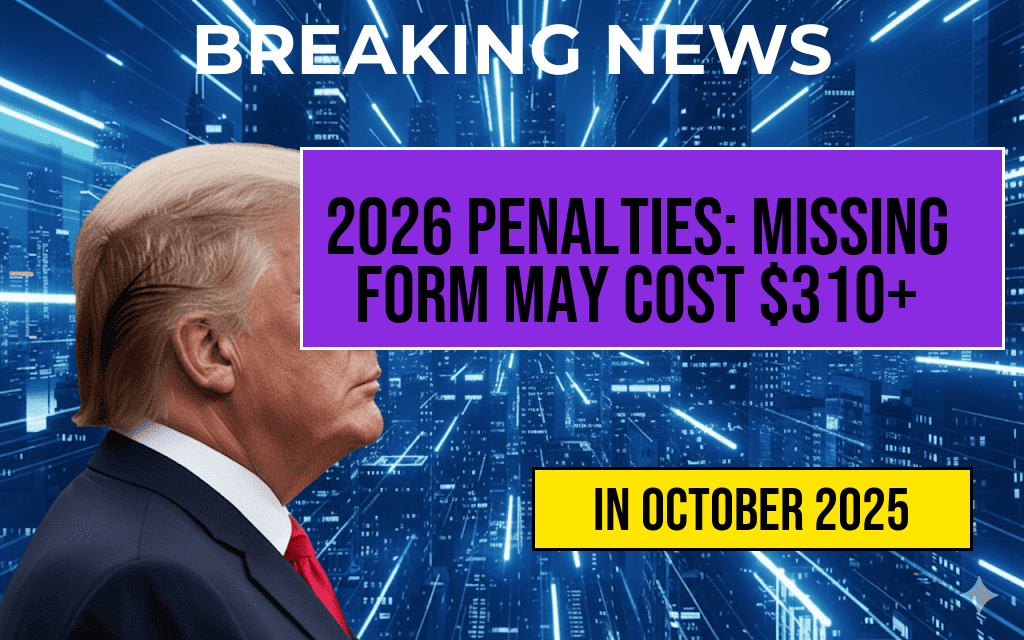Former President Donald Trump’s proposed tax plan has sparked intense debate among economists and policymakers, with estimates suggesting it could cost between $5 trillion and $11 trillion over the next decade. The plan aims to reduce taxes for individuals and corporations, but critics warn that such significant tax cuts could exacerbate the national deficit and impact essential services. As citizens ponder the implications of this tax overhaul, understanding its potential effects on personal finances and the economy becomes crucial. This article explores the multifaceted consequences of Trump’s tax plan, shedding light on how it could reshape financial landscapes for Americans across various income brackets.
Understanding Trump’s Tax Plan
Trump’s tax proposal seeks to build upon the Tax Cuts and Jobs Act (TCJA) enacted in 2017, which reduced corporate tax rates and provided temporary tax relief for individuals. The new plan aims to make some of those cuts permanent while introducing further reductions. Specifically, it includes:
- Lower Individual Tax Rates: The plan suggests reducing the top tax rate from 37% to 33%.
- Corporate Tax Rate Cuts: Proposals include reducing the corporate tax rate from 21% to 15%.
- Elimination of the Estate Tax: Removing taxes on estates valued above a certain threshold.
Economic Implications
The estimated price tag of Trump’s tax plan raises concerns about its long-term economic implications. According to the Tax Policy Center, the plan could lead to a significant increase in the federal deficit, raising questions about how the government will finance essential services. Critics argue that such a deficit could lead to cuts in social programs, affecting millions of Americans.
Potential Impact on Middle-Class Families
While proponents of the tax plan argue that it will stimulate economic growth and job creation, the benefits for middle-class families remain uncertain. Many analysts suggest that the primary beneficiaries of the proposed tax cuts will be wealthier individuals and corporations. A recent report by the Congressional Budget Office indicates that tax cuts disproportionately favor higher-income earners, leaving middle-class families with minimal relief.
| Income Bracket | Estimated Tax Savings | Impact on Federal Revenue |
|---|---|---|
| Under $50,000 | $500 | – |
| $50,000 – $100,000 | $1,200 | – |
| Over $100,000 | $5,000+ | – |
Long-Term Financial Consequences
Should the tax plan be enacted, long-term financial consequences could emerge for various groups. For instance, a skyrocketing deficit may lead to higher interest rates as the government seeks to finance its debt. This rise in borrowing costs could affect everything from mortgage rates to personal loans, ultimately impacting household budgets.
Moreover, with significant cuts to government revenue, potential reductions in public services such as education, healthcare, and infrastructure could diminish quality of life for many Americans. The ramifications of these cuts might not be immediately visible but could manifest through deteriorating public services and increased out-of-pocket expenses for families.
Conclusion
Trump’s tax plan carries profound implications for the financial future of the United States. With a potential cost ranging from $5 trillion to $11 trillion, the proposal invites scrutiny regarding its feasibility and long-term effects on the economy and individual households. While the intention to reduce taxes may resonate with many, the broader consequences of increased national debt and potential cuts to essential services could overshadow any immediate benefits. As policymakers deliberate on this contentious issue, Americans must stay informed and engaged to navigate the potential shifts in their financial landscapes.
Frequently Asked Questions
What is the estimated cost of Trump’s tax plan?
The estimated cost of Trump’s tax plan ranges from $5 trillion to $11 trillion, which could have significant implications for the economy and individual finances.
How could Trump’s tax plan affect my personal finances?
Depending on your income level and tax situation, Trump’s tax plan could lead to changes in your tax liability, potentially resulting in either tax cuts or increases for different income brackets.
What are the implications of a $11 trillion price tag?
A price tag of $11 trillion suggests that the plan could necessitate cuts to public services or increases in national debt, which may have long-term effects on the economy and your financial stability.
Will Trump’s tax plan benefit all taxpayers equally?
No, Trump’s tax plan is likely to benefit higher-income earners more than low- and middle-income taxpayers, leading to a disparity in how different groups experience financial changes.
What should I do to prepare for potential changes from the tax plan?
To prepare for potential changes from Trump’s tax plan, consider reviewing your current tax situation, consulting with a financial advisor, and staying informed about the latest tax policy developments.








